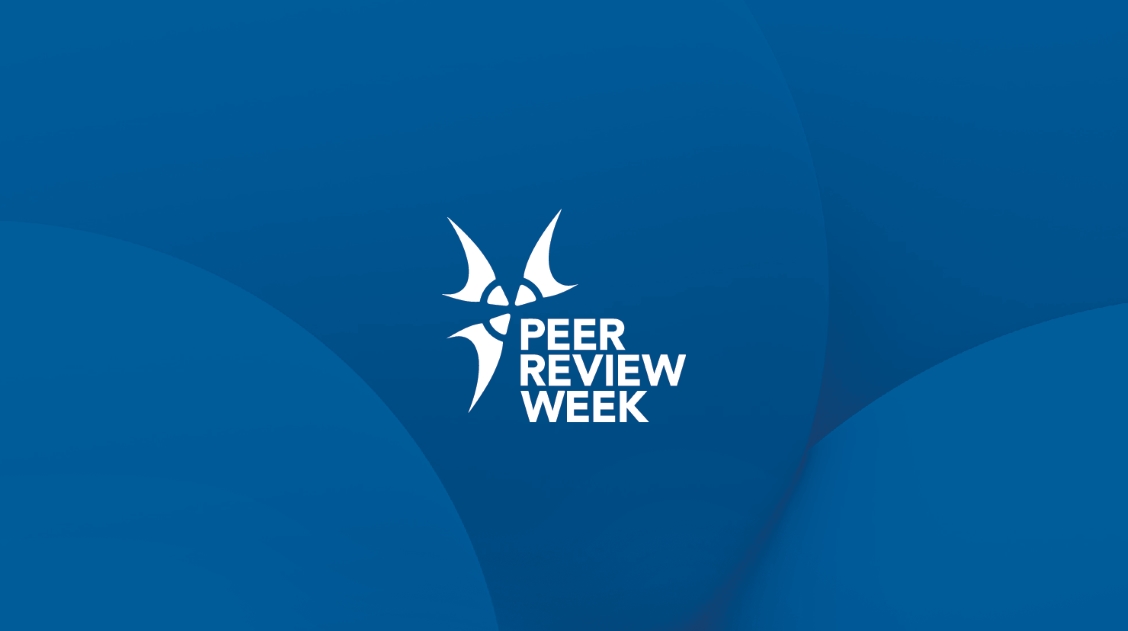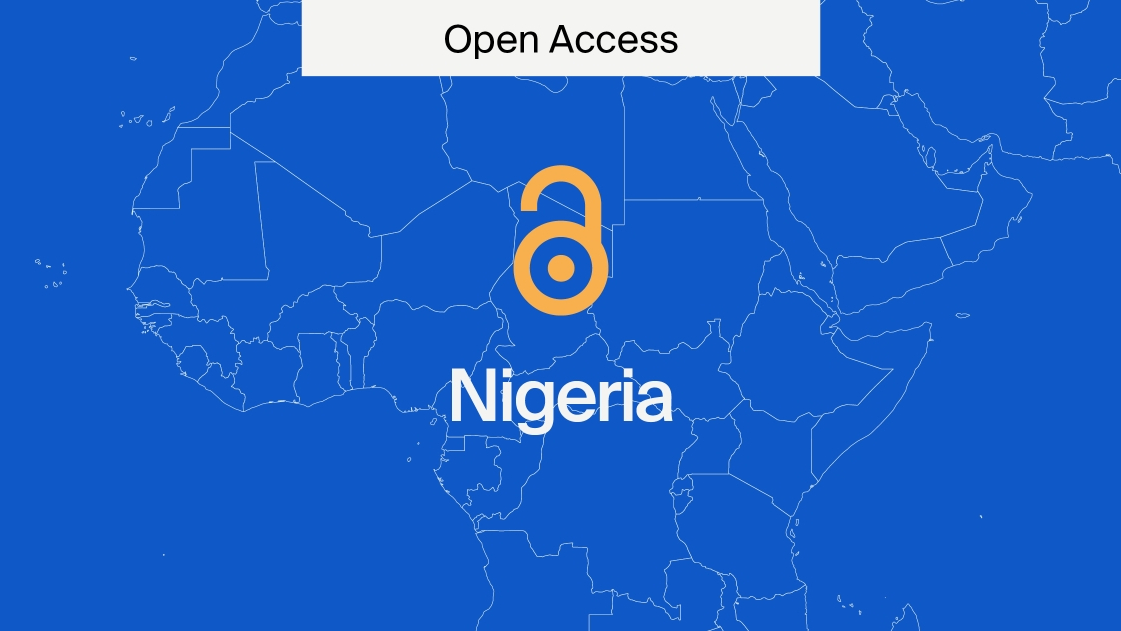
4 Steps to the Perfect Peer Review Report
It’s Peer Review Week, an incredibly important week for us here at MDPI.
High-quality peer review helps to ensure the credibility of our journals and the research they publish. Our article, What We’ve Learned About Peer Review Reports, explains the role of the peer reviewer and provides some general tips on how to write a peer review report. For How to Write the Perfect Peer Review Report: An Interview, last year, we spoke to Prof. Dr. Stelian Alexandru Borz, Transilvania University of Brasov, Romania, and Dr. Maricar Aguilos, North Carolina State University, NC, USA, who won Forests’ 2021 Outstanding Reviewer Award, to gain an expert insight into what goes into writing a peer review report.
In this article, we will outline the 4 main steps in MDPI’s general guidelines that will help you on your way to successfully writing a peer review report when reviewing academic literature. Although recommendations are different for every publisher, most have some variant of the following:
1. Peer Review Report Structure
For MDPI, review reports should be structured in the following way:
A brief summary
In short, reviewers should provide a short paragraph detailing the aim and main contributions of the paper and aspects that stood out to them as being positive or negative.
General concept comments about peer review reports
For articles, elements that should be noted include the weaker aspects of the paper, the testability of the author’s hypothesis, methodology inaccuracies, a lack of controls, and repeatability, among other factors.
For reviews, the reviewer should draw attention to the relevance of the review topic, how complete the review topic is, the legitimacy of the gap in the knowledge identified by the authors, the appropriateness of references, etc.
Note that these comments should not refer to the quality of the English language within the text, nor should they refer to spelling or formatting issues
Specific comments for your peer review report
These should refer to scientific inaccuracies within the text, and reviewers should be specific about the line number, table, or figure in which they have detected these inaccuracies, as well as sentences that may have an unclear meaning.
2. Evaluation
When evaluating the quality of a manuscript in your peer review report, several aspects are rated, namely, novelty, scope, significance, quality, scientific soundness, interest to readers, overall merit, and English level.
Novelty
The reviewer must determine whether the research question that a manuscript is based around is original and well-defined, as well as if the results expand upon and say something different to the current knowledge on the topic.
Scope
They must then ask the question as to whether the work contained within the paper fits the scope of the journal. A journal’s scope can be found on the MDPI webpage for that specific journal.
Significance
Hypotheses should be clearly laid out. The results should be significant and interpreted appropriately. And all conclusions should be justified and supported by the results of the investigation.
Quality
The manuscript must be written in an appropriate manner, presenting the data and analyses in a clear and relevant way. When presenting their results, authors must ensure high standards are maintained.
Scientific soundness
It is crucial that the study has been correctly designed and is technically sound, and that the analyses have been performed in line with the highest technical standards. The data must be sufficiently robust so that significant conclusions can be drawn. The descriptions of the methods, tools, software, and reagents should be detailed. Other researchers should be able to conduct the same study and reproduce the results. The raw data should be correct and, where applicable, available to the reader.
Interest to readers
The conclusions of the paper should be interesting to the readership. It should also be decided whether the paper is likely to attract a wide readership or will it only appeal to a limited number of readers. This can be judged based on the Aims and Scope of the journal, which are provided on the journal’s webpage.
Overall merit
The peer review report should identify an overall benefit to the work being published and available to readers. This can be determined by asking whether the authors address an important or long-standing question in their experiments, or whether they advance what is currently known about the subject.
English level
Basically, the level of English in the paper should be clear, and the language should be appropriate.
If, after considering any of these criteria, the reviewer thinks that a manuscript may be more suitable for publication in a different MDPI journal to the one they have submitted to, they can suggest the alternative journal at this stage. The author then has the option to request that peer review reports be transferred to their newly selected journal.
3. Publication ethics and peer review reports
We take publication ethics very seriously, and hold all our manuscripts to the highest standards. They must, therefore, meet the following criteria: authors should only present results that have not been submitted previously; the information given must be original and must not replicate text from another source without citing it appropriately; widely accepted ethical research standards should be adhered to throughout all studies.
At this stage, the reviewer should report any scientific misconduct, fraud, plagiarism, or any other behaviour which they deem to be unethical to the in-house editor as soon as they become aware of it.
4. Providing an Overall Recommendation in your Peer Review Report
Now, a final recommendation should be provided in terms of how, or if, the article should proceed to the next processing stage. This decision must be justified and backed up with sound reasoning. This recommendation can only be seen by the journal editors and not the authors.
Accept in Present Form
This status means that the paper can be accepted, and no further revisions are required.
Accept after Minor Revisions
If the author makes revisions in accordance with the peer review report, the paper should be valid for acceptance. The editor will allow authors 5 days for these revisions to be completed.
Reconsider after Major Revisions
This means that the acceptance of the manuscript would depend on how effectively the recommended revisions are made. The author must provide a clearly laid out response. It should detail a counterargument for each of the reviewer’s comments that cannot be revised. The author is allowed up to 2 rounds of major revisions for each manuscript. Authors must resubmit their paper after they have made revisions within 10 days. This is then returned to the reviewer to allow them to make further comments.
Reject
An article can be rejected if it has detrimental errors or does not present original findings.
Recording Your Peer Review Report Activities
If a reviewer’s ORCID account is connected to their MDPI Submission System (SuSy) account, they can deposit records of their review activities manually into an ORCID iD.
Additionally, reviewers can also register and update their review history on SciProfiles, MDPI’s social network for researchers and scholars.
Want to Learn More about Peer Review Week and Peer Review Reports?
This article has been written in order to help support people in the peer review process. For more information about Peer Review Week, we encourage you to read some of our other articles. And if you want to learn more about our content this week, please take a look at our deep dive on Peer Review Week.










